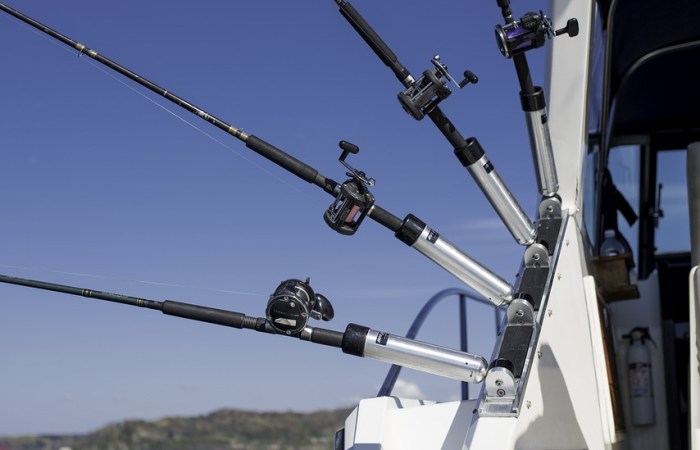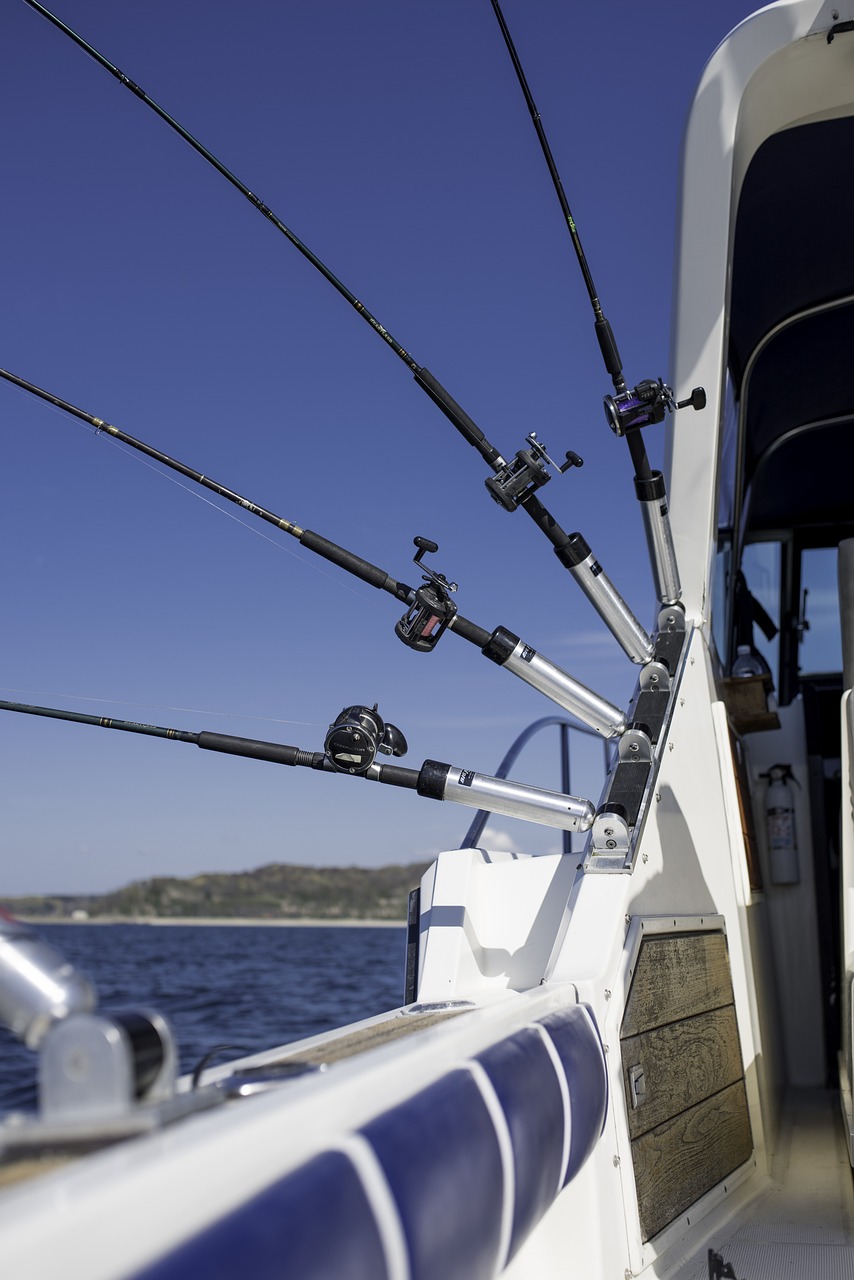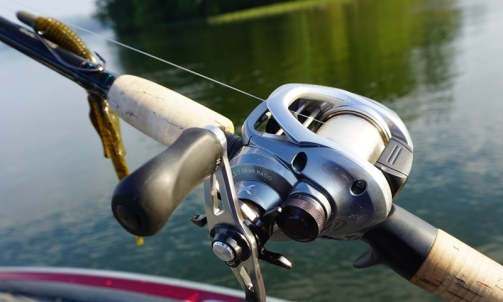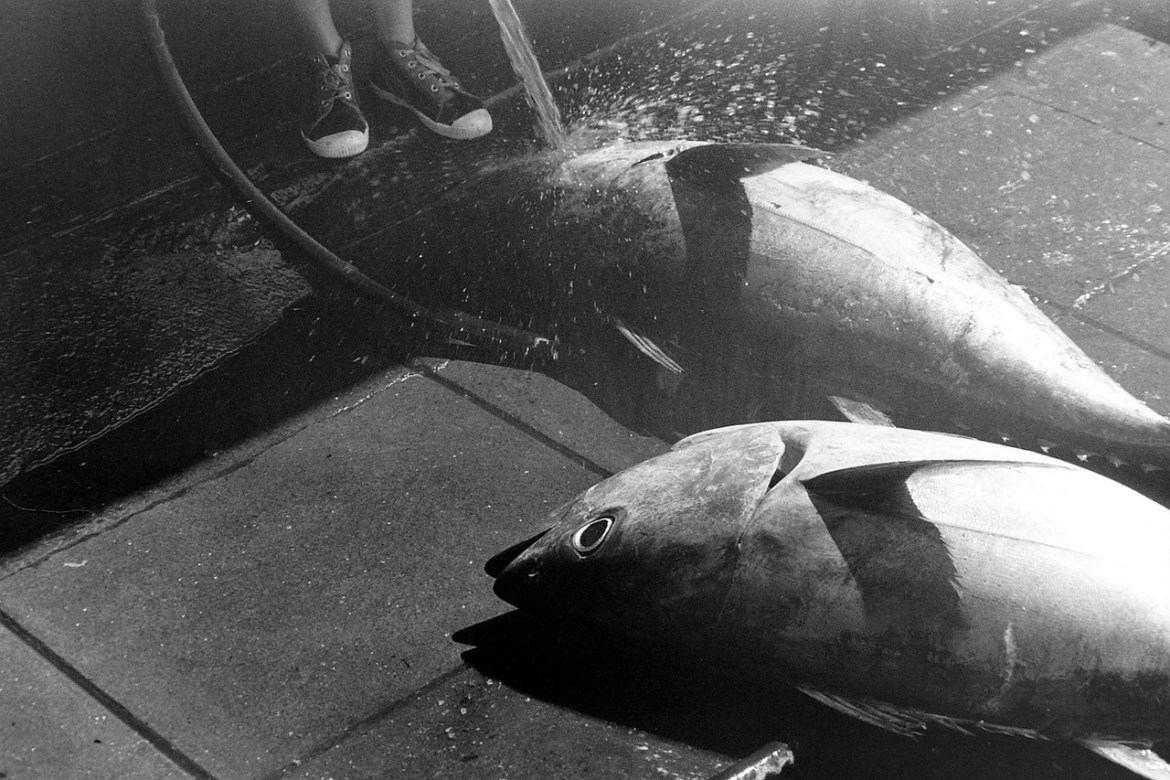For many people, fishing is more than just a hobby; It is a way of life, a communion with nature that allows people to relax
Hook, Line, and Sinker: The Best Fishing Spots Await in Jaco
If you’re anything like me, the thrill of casting your line into the water, waiting for that elusive bite, and reeling in a big catch
Can Dogs Eat Fish? 6 Types of Fish Dogs Can Eat
Fish is one of the food items that cause confusion among dog owners. Regardless of its healthy attributes, most people do not know whether feeding
5 Benefits of a Satellite Phone for the Modern Day Fisherman
Whether you’re on a small lake with no signal for miles, or out to sea, having a reliable communication device to communicate with friends, coworkers
Maximizing Your Boat’s Fishing Potential
Marine engineers have spent decades perfecting fishing boats for just about every type of fishing imaginable. From sportfishermen capable of traveling long distances in rough
Best Baitcasters under $50
If you’ve been fishing for years or just getting into it, you know how expensive it can get. Your fishing reels can be one of
How to Spool a Baitcaster with Braid Line
Most beginners tend to face difficulty in spooling baitcaster reel. But it really isn’t hard at all. You only need to get the technique down.
8 Things to Have When Camping and Fishing with Your Family
Summer is in the air, and now that the kids are a little older, you might want to take them camping and have them experience
Quick Facts about 3 Different Tuna Species
One of the ultimate feats in the world of fishing is catching your first tuna fish. Not only can a tuna species be a really
5 Best Walkie Talkies For Fishing
Staying in contact with others is important when you’re out fishing. Whether the communication is limited to your own party or others, the best walkie















